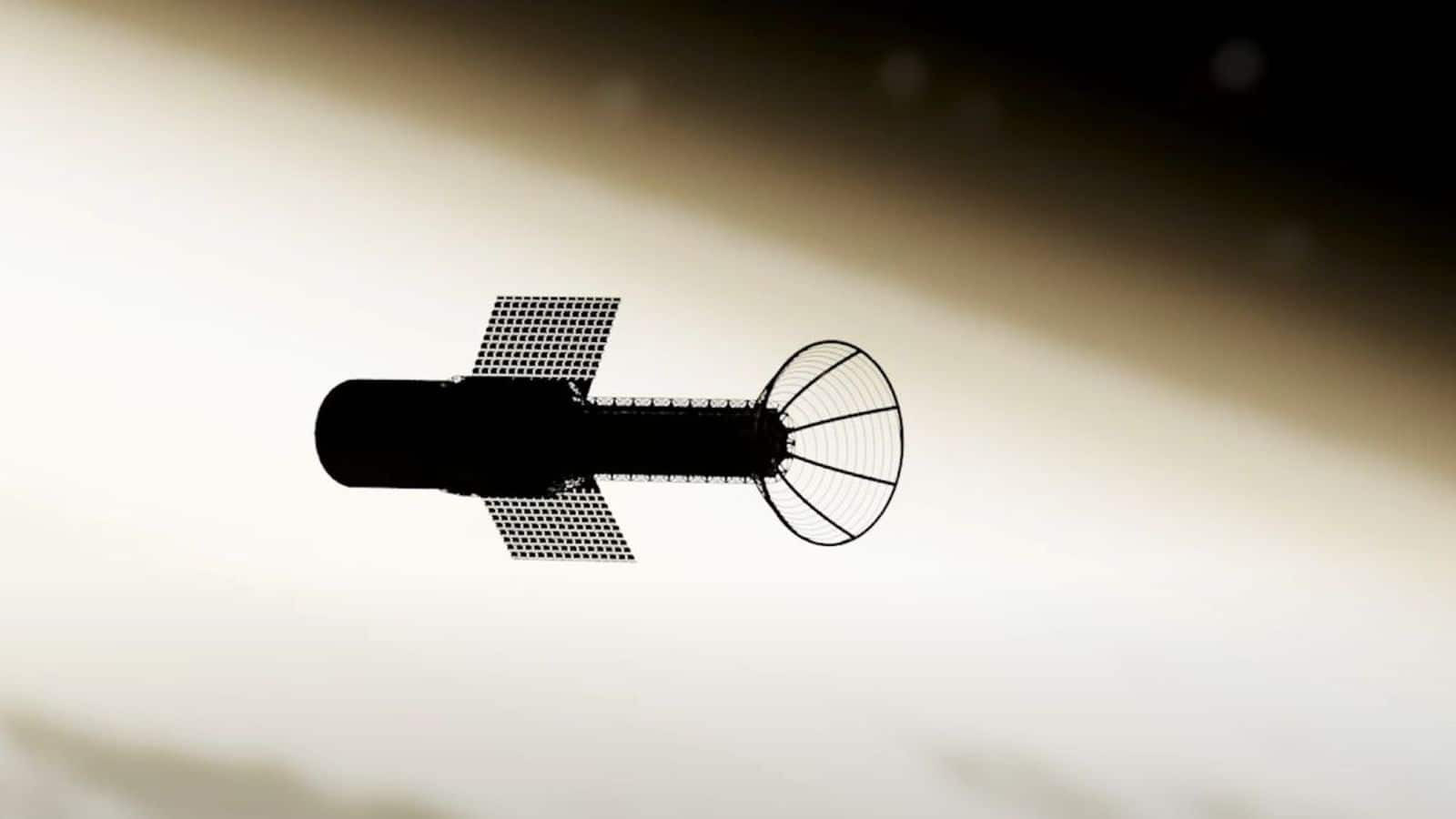
NASA-backed pulsed plasma rocket system set to revolutionize Mars missions
What's the story
An innovative rocket system, the Pulsed Plasma Rocket (PPR), is poised to transform future deep space missions to Mars by significantly reducing travel time.
Currently being developed by Howe Industries, the PPR promises greater efficiency than existing deep space propulsion methods.
According to NASA, this new propulsion system could expedite astronaut and cargo travel between Earth and Mars.
The PPR's high specific impulse or Isp — a measure of engine thrust efficiency — is key in reducing travel time.
Technology
PPR's fission-based propulsion: A game changer?
The PPR, derived from the Pulsed Fission Fusion concept, employs a fission-dependent nuclear power system to create thrust for spacecraft propulsion.
This innovative system harnesses energy from the controlled splitting of atoms, making it smaller, simpler, and more cost-effective than previous concepts.
The technology could support heavier spacecraft and enable further range missions.
NASA officials have stated that "the PPR enables a whole new era in space exploration."
Advancements
Potential to enhance spacecraft safety and efficiency
The PPR's ability to support heavier spacecraft could allow for additional shielding, reducing crew exposure to high-energy harmful particles, known as Galactic Cosmic Rays, during long-duration spaceflight.
NASA officials have highlighted the system's exceptional performance and its potential to revolutionize space exploration.
According to NASA, "the system's high efficiency allows for manned missions to Mars to be completed within a mere two months."
Progress
PPR moves into Phase II of study
The PPR concept has successfully completed Phase I and now advances to Phase II of the NASA Innovative Advanced Concept (NIAC) study.
The first phase focused on designing the spacecraft and necessary subsystems, analyzing magnetic nozzle prowess, and determining trajectories and benefits.
Phase II will concentrate on optimizing the engine design, conducting proof-of-concept experiments, and designing a spacecraft concept that better protects crewed flights to Mars.
This progress will bring NASA closer to establishing a permanent base on Mars.